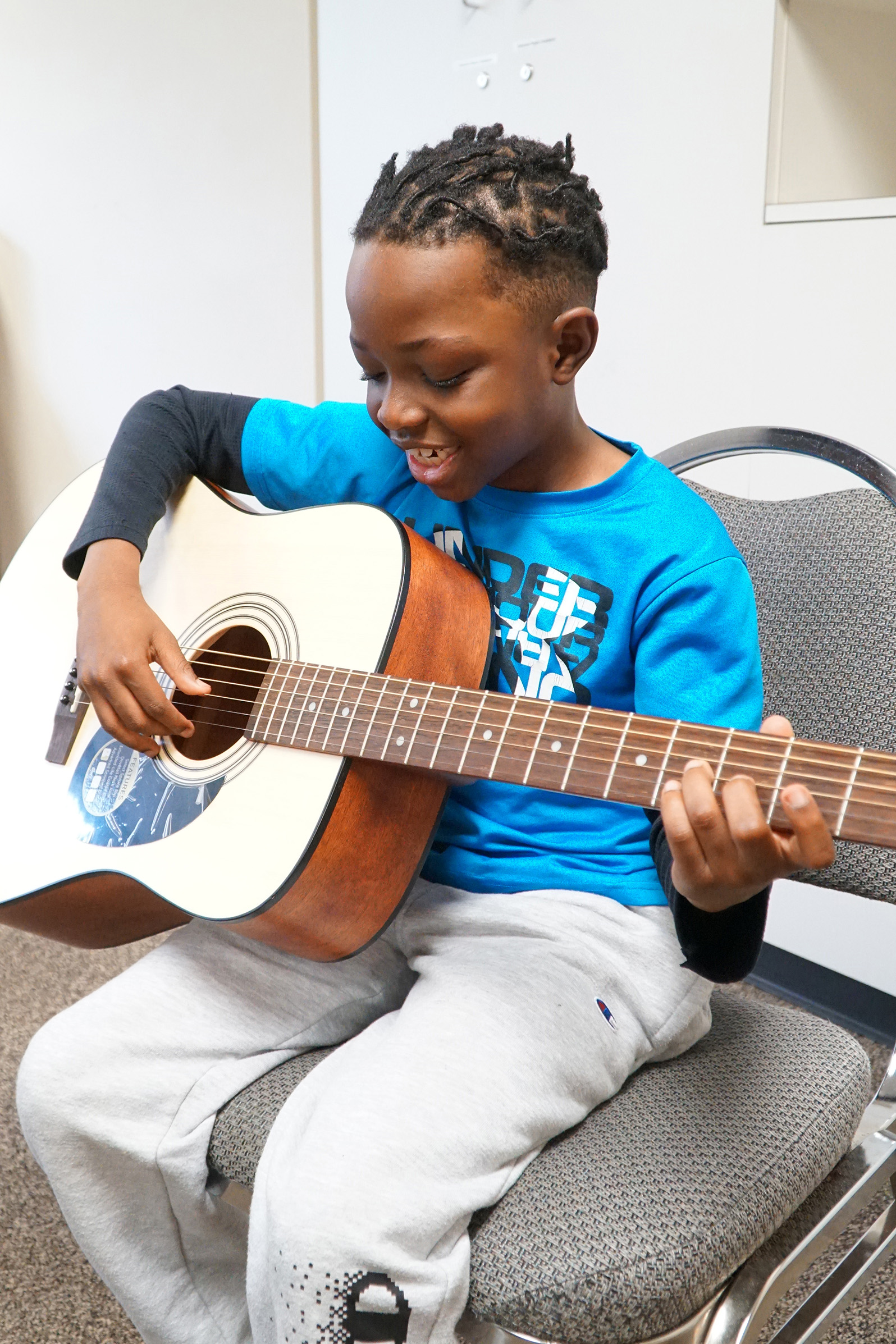
5 Ways to Get Better Results from Practice Time
Practice, practice, practice. Musicians repeatedly hear the word from parents, teachers, fellow musicians. Let’s face it-we’ve all grown tired of the word at one point or another. While there are certainly musicians with natural talents and gifts, there is no substitute for practice. In my experience, the determining factor that sets musicians apart in terms of their ability is not their level of talent, or the number of gigs they play, or the quality of their instrument – it’s their approach and commitment to practice.
In my own journey as a musician, I’ve tried out different methods of practice to find what works best. One realization I made along the way is that the quality of the practice matters more than the quantity of the practice. Below are five quality assurance tips to be sure your practice time produces results.
Make a Plan
Practice time should be results-oriented, not time-oriented. Start by looking at the notes from the last lesson and sketch out which pieces need improvement this week. Most students are visual learners, so making a checklist for each day in a practice notebook or on a whiteboard will help qualify which goals the student is working to accomplish this week.
Isolate Trouble Spots
Within each piece, identify one specific skill to improve. Instead of wasting time playing the piece all the way through, practice the few measures that need the most work. Try playing slower at first to build muscle and brain coordination with the notes and the rhythm. Repeat the trouble spots until they can be played without missing a note.
Utilize Technology
Most kids enjoy using technology to look at pictures and videos of themselves. Tapping into their affinity for technology is a great way to measure the quality of their practice! Students can record themselves playing a song at the beginning of the week and then circle the section in the piece that needs the most work. After practicing the trouble spot for a few days, they can record themselves again to see if they improved.
Evaluate Progress
In order for students to achieve quality practice time, their brains, fingers, and ears must be actively involved. Young musicians need to practice listening to themselves to identify which part of the music needs improvement. An easy way to build listening skills is to have them watch a video of themselves as they play and rate themselves. As they grow in this skill, they will be better able to evaluate their progress from live opportunities, without watching the video.
Mix it Up
To maintain quality practice time with all pieces, it’s important to change the order in which the pieces are practiced. For example, don’t always save the hardest songs for the last few minute of practice time. A musician’s brain and muscles function differently throughout practice time, so it’s important to vary the order of the songs.
By incorporating these quality assurance checks into practice routines, students will begin to experience greater success in their musical journey. The results-oriented practice method encourages students as they recognize their accomplishments along the way.
Contributor Kimberly Jones is a wife, mother, and the Director of the Dawson Music Academy at the Dawson Family of Faith.
